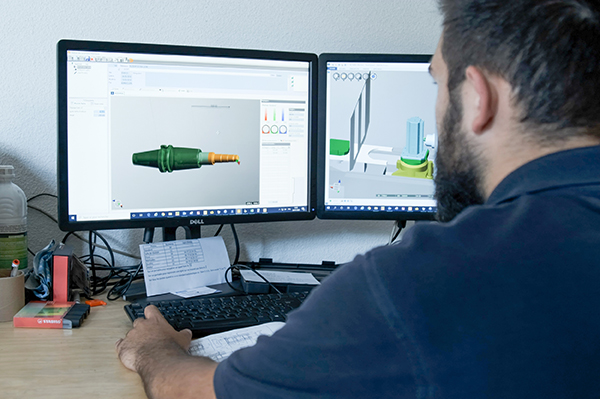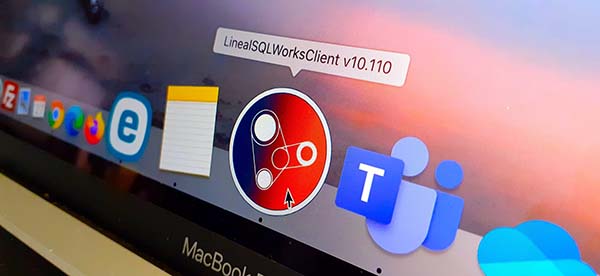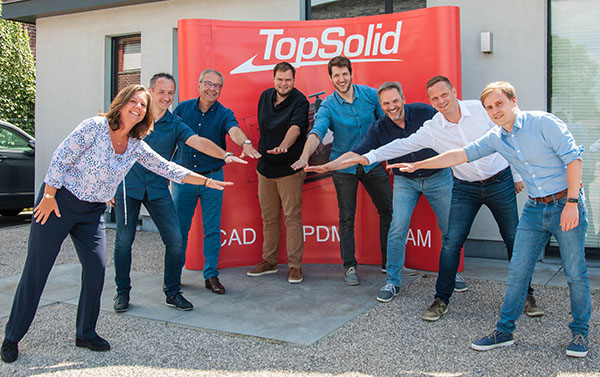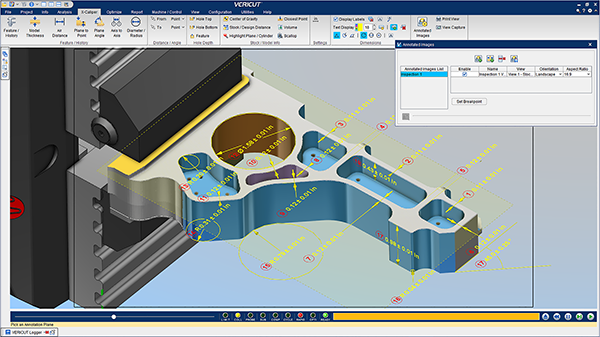
A combination of tool-path simulation for G-code verification and cutting-tool management has significantly improved productivity for a company specialising in the machining of hydraulic blocks. Based at Saint-Germain-Laval in central France, Evaflo uses NCSIMUL’s machine simulation module from the Hexagon group to help create a complete digital chain, from receiving the customer’s product plans, through to setting up its CNC machine tool for cutting the prototype.
Around 80% of income at Evaflo comes from machining hydraulic blocks for agro-industry and aerospace applications. As manufacturing the blocks is highly specialised, the company originally programmed through a mix of basic CAM and code written manually using a text editor.
“Checking the code line by line on the machine was time-consuming, so we invested in simulation software that would validate the checking stage,” says co-director Élysé Botellé. “Installing the NCSIMUL Machine module from Hexagon reduced the time taken to complete that task by a factor of three.”
Having saved time in the workshop, the company turned its attention to improving productivity in the office.
“We developed our own code generator, dedicated to producing machining tool-path programs for our five Mori Seiki machining centres and turning machines, which we simulated in the digital twin created by NCSIMUL Machine.”
Based on the real characteristics of its machines, NCSIMUL provides Evaflo with a dynamic verification solution. But it does not end there, as the company discovered the software has complete synergy with another module, NCSIMUL Tool, which integrates its digital tools into the global production process, and optimises the tool cycle.
For further information
www.ncsimul.com























